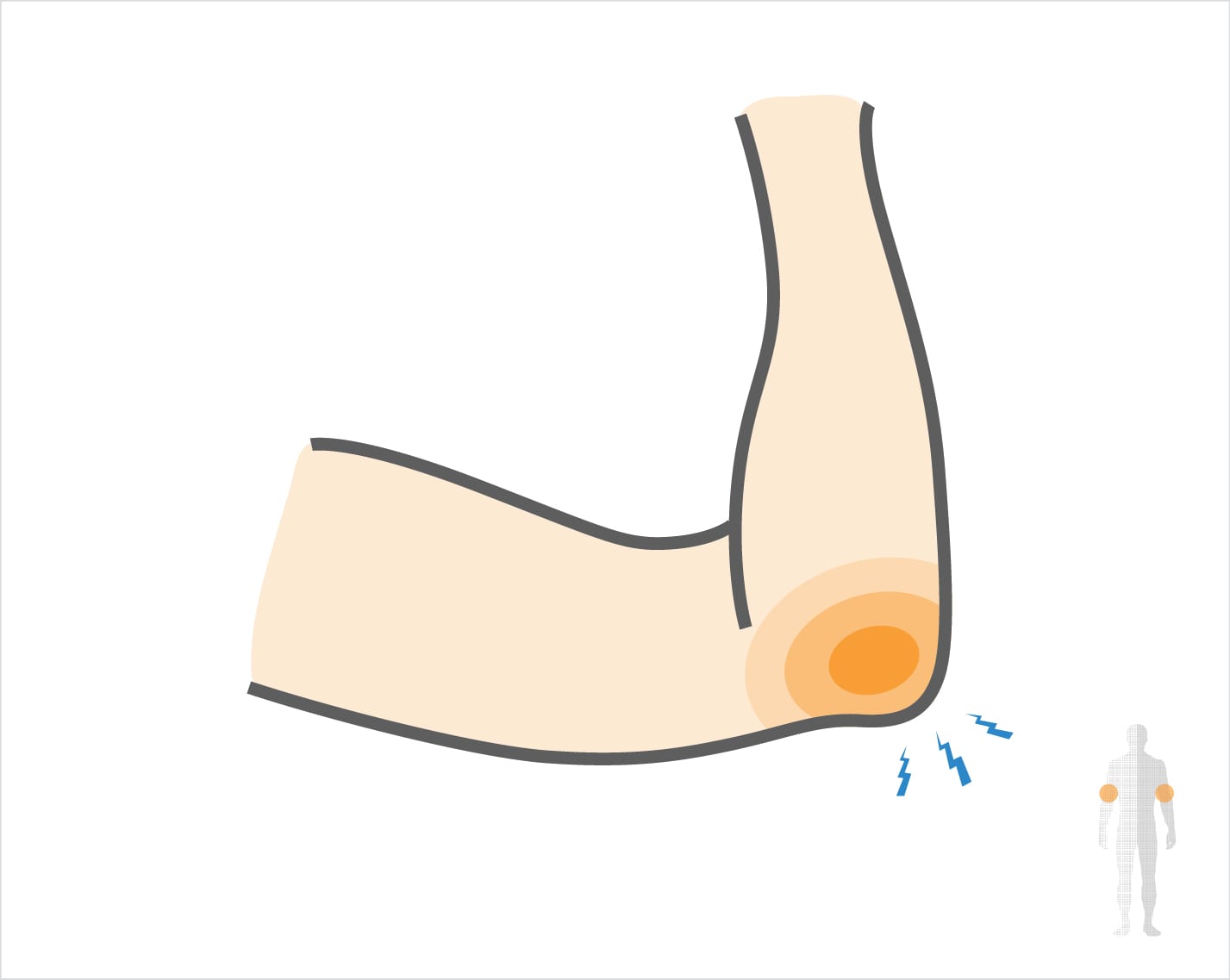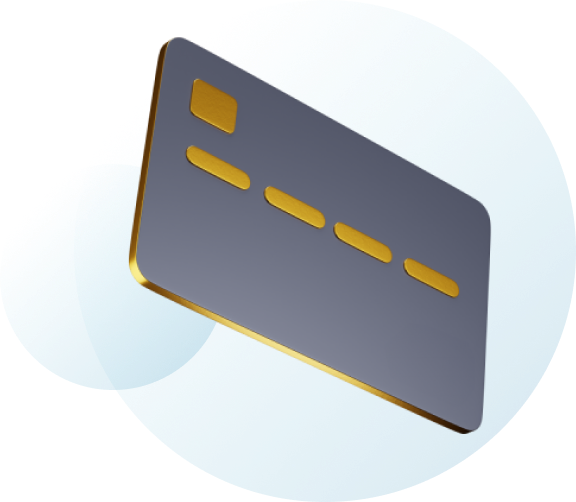Elbow Contusion Causes, Symptoms & Treatment Options
An elbow contusion is a soft tissue injury caused by direct trauma to the elbow, resulting in bleeding within the muscle and surrounding tissues. It typically presents with pain, swelling, and a limited range of motion. Proper evaluation is essential to rule out associated fractures or ligament injuries and to ensure full functional recovery.
Start with our quick Symptom Assessment or connect directly with an Upswing Coach today.
Request an AppointmentReady to take the next step?
Start your symptom assessment or connect with a coach instantly.
Find Relief TodayOverview
An elbow contusion, or elbow bruise, is an injury to the soft tissues surrounding the joint, typically caused by a direct impact or a fall. The trauma leads to bleeding and inflammation within the muscle and subcutaneous tissues, resulting in localized pain, swelling, and restricted motion. Mild stiffness or discoloration may persist for several days due to bleeding or hematoma formation. Although these symptoms can temporarily limit elbow function, the condition usually resolves with conservative treatment, including rest, ice, compression, and elevation.

What causes Elbow Contusion?
An elbow contusion typically results from a direct impact or fall onto the elbow, leading to soft tissue trauma and subcutaneous bleeding around the joint. This injury is frequently encountered in contact or high-impact sports that involve repeated falls, tackles, or collisions.
- Mechanism of Injury:
An elbow contusion usually occurs when a direct blow or compression force impacts the elbow against a hard surface. The trauma causes bleeding within the surrounding muscles and connective tissues, resulting in localized pain, swelling, and restricted movement. - Common Everyday Causes: Elbow contusions are not limited to athletic activities. They are also common after accidental falls at home, minor occupational injuries, or motor vehicle collisions where the elbow strikes a solid surface.
Common Sports Associated with Elbow Contusion:
- Rugby: Frequent tackles and ground contact increase the risk of direct trauma to the elbow.
- Football: Hard collisions and falls during play often lead to blunt force injuries.
- Soccer: Goalkeepers and players who fall during tackles may sustain impact-related bruising around the elbow.
- Lacrosse: Stick contact and high-speed falls can result in soft tissue contusions near the joint.
Symptoms
An elbow contusion, or elbow bruise, results from a direct impact to the joint. It commonly presents with localized pain, swelling, and ecchymosis (bruising), which may temporarily limit joint movement.
Common Symptoms:
- Pain around the elbow: Localized tenderness due to soft tissue trauma, often aggravated by movement or direct pressure.
- Bruising: Visible skin discoloration caused by bleeding beneath the surface tissues.
- Swelling: Inflammatory response and fluid accumulation that may reduce flexibility and increase discomfort.
Stiffness or reduced range of motion: Temporary limitation in bending or straightening the elbow, particularly during the first few days after injury.
When to see a doctor
While most elbow contusions are minor and recover with conservative management, medical evaluation is advised if symptoms are severe, persistent, or progressively worsening. A healthcare professional will perform a detailed assessment, including a review of the injury history and a physical examination of the joint.
Depending on clinical findings, imaging studies such as X-rays or MRI scans may be ordered to rule out associated fractures, ligament injuries, or deeper soft tissue damage. Timely consultation helps ensure accurate diagnosis and appropriate treatment and reduces the risk of complications or delayed recovery.
Non-operative treatment
Elbow contusions are typically managed through non-surgical methods, as most cases heal completely without operative intervention. The primary goals of treatment are to relieve pain, control swelling, and promote soft tissue recovery.
Conservative Management Strategies:
- Rest: Avoid sports, strenuous activities, and heavy lifting until pain and swelling subside to prevent the injury from aggravating.
- Ice Therapy: Apply an ice pack to the affected area for about 20 minutes every one to two hours during the initial 48 hours to minimize inflammation and discomfort.
- Pain Relief Medication: Over-the-counter analgesics such as ibuprofen or acetaminophen may manage pain and reduce inflammation.
Rehabilitation and Exercise: After the acute pain and swelling decrease, gentle range-of-motion and strengthening exercises can help restore flexibility and function. These should be introduced gradually under the guidance of a healthcare professional or physiotherapist.
A detailed exercise program to help address your condition is provided in the PDF below:
Elbow Contusion Exercise Program (PDF)
Recovery
Recovery from an elbow contusion largely depends on the severity of the injury. Mild contusions may allow a return to normal daily activities within a few days, whereas more significant bruising may require several weeks of rest and careful management.
- Gentle stretching exercises should be initiated within the first few days after the injury to prevent stiffness and maintain joint mobility.
- Gradual strengthening exercises can be introduced as pain subsides to restore full function.
Returning to sports or strenuous activity should only be considered once the elbow has regained its full range of motion, strength, and stability. This approach ensures safe and effective recovery while minimizing the risk of reinjury.
Dr. Jay Kimmel is a board-certified orthopedic surgeon specializing in sports medicine, arthroscopic surgery, and shoulder and knee disorders. He completed his orthopedic training at New York-Presbyterian/Columbia University Medical Center and a Sports Medicine Fellowship at Temple University.
Dr. Kimmel previously served as the Director of the Connecticut Sports Medicine Institute at Saint Francis Hospital and has held faculty appointments as Clinical Assistant Professor in the Departments of Orthopedics and Family Medicine at the University of Connecticut. He has extensive experience caring for athletes as a team physician for high school and collegiate programs and continues to teach in the athletic training departments at Westfield State University and Springfield College.
Find the Support You Need — Right When You Need It
Whether you’re managing pain for the first time, need ongoing guidance, or require expert medical care, we’re here to help you every step of the way.
ORTHO DIRECT
Video visit with an orthopedic doctor for advice and a care plan.
$30
/MonthMRI DIRECT
Fast, affordable MRI with orthopedic review. No insurance required.
$499
/MonthFrequently Asked Questions
What causes a contusion on the elbow?
Elbow contusions commonly result from direct impact, such as a fall on the elbow or being hit by a ball.
What nerve is involved in an elbow contusion?
The ulnar nerve is most often affected. A direct blow to the inside of the elbow can bruise this superficial nerve, causing numbness, tingling, or pain, commonly called hitting your "funny bone."
What are the signs that an elbow contusion might be more serious than a simple bruise?
If you experience severe pain, persistent swelling, numbness, tingling, or a limited range of motion that doesn't improve within a few days, it could indicate a fracture, ligament damage, or nerve involvement, and medical evaluation is recommended.
How is an elbow contusion treated at home?
Initial treatment includes rest, ice, compression, and elevation (RICE) to reduce swelling and pain. Over-the-counter pain medications can help, and gentle stretching after a few days helps maintain flexibility and prevent stiffness..

